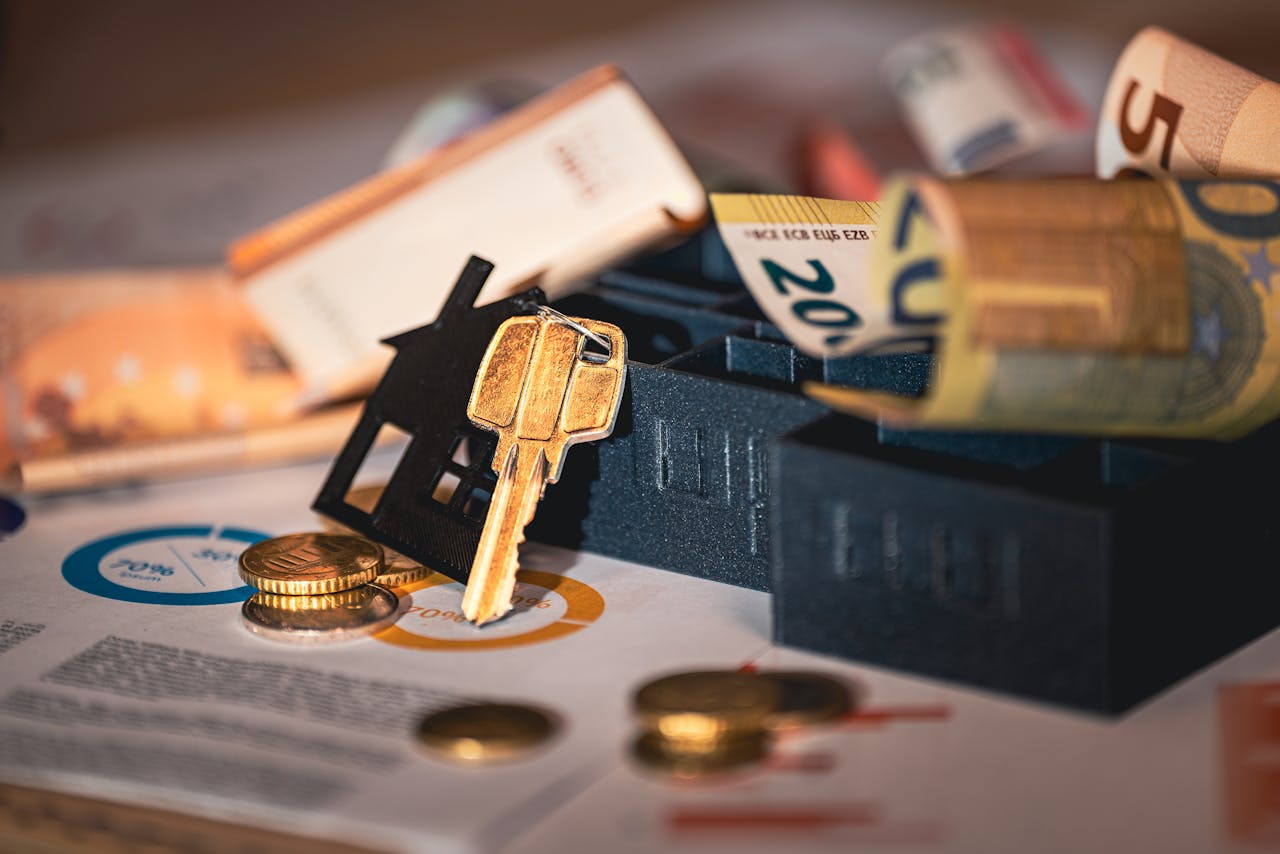The dream of a growing real estate portfolio is financial freedom. The reality is that it can often feel like you’ve just signed up for a second, more stressful job as, suddenly, your focus shifts from acquiring new assets to dealing with leaky faucets, chasing down late rent, and drowning in paperwork. If you’re feeling overwhelmed, the solution isn’t to work harder; it’s to work smarter. By putting better systems in place, you can regain control and get back to enjoying your investment.
Get on Board with Property Management Software
If you’re still using old fashioned spreadsheets and disconnected email threads, it’s time you had an upgrade. Modern property management software pulls all your management duties into one clean dashboard. These tools handle everything from collecting rent online and tracking maintenance jobs to storing leases securely. It gives you one place to look for everything, so you’ll no longer be digging through old emails to find a lease agreement or a tenant’s contact information.
Standardize Your Operational Playbook
Every successful business has a playbook, and your property management operation should be no different. Creating a standard, documented process for your most common tasks is a game-changer. Develop simple checklists for screening new tenants, conducting move-in inspections, and addressing maintenance requests. This consistency not only saves you from rethinking your steps each time but also ensures you treat every tenant fairly and stay on the right side of housing laws.
Establish One Channel for Communication
Late-night texts about a running toilet can really test your patience. You can regain your evenings by setting up a single point of contact for all non-urgent tenant issues. This could be a dedicated email address or the messaging portal within your property management software. Let your tenants know this is the official channel and when they can expect a response. This simple boundary groups all communication in one trackable place and stops your phone from buzzing at all hours.
Assemble Your Go-To Team of Vendors
A midnight call about a burst pipe is stressful enough without having to frantically search online for a 24-hour plumber. Be proactive and build your list of reliable, insured professionals before you need them. Find a good plumber, an electrician, a handyman, and an HVAC specialist you can trust. Vet them ahead of time, so when a problem arises, you can dispatch help with a single phone call. Your tenants get quick repairs, and you’re no longer the first responder for every clogged drain.
Put Your Financial Tracking on Autopilot
Knowing your numbers is non-negotiable for a healthy portfolio. Manually entering every expense and rent payment is a slow process that invites mistakes. Connect your business bank accounts to accounting software to automate most of this work. You can see income and expenses categorized in real-time and generate profit and loss reports for each property with a click. This isn’t just about making tax time easier; it’s about getting a clear, real-time picture of your portfolio’s health.
Delegate the Day-to-Day Administrative Work
As an owner, your most valuable contribution is high-level strategy, not day-to-day administration. Tasks like marketing vacant units, processing applications, and coordinating lease renewals are vital but don’t always need your personal touch. Instead of hiring someone locally, you might consider using a remote property manager. Leveraging digital tools, these professionals can handle tenant communication, administrative tasks, and maintenance coordination from anywhere. This can free you up so that you can focus on what truly grows your business: finding your next great investment.
Taking control of your real estate portfolio is about implementing smart systems, not just working harder. These adjustments will not only make your day-to-day life easier but will also build a stronger foundation for the future growth of your investments.

